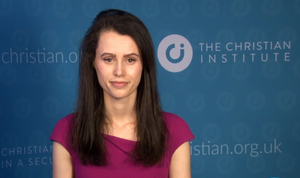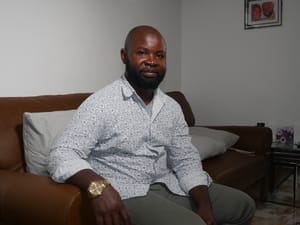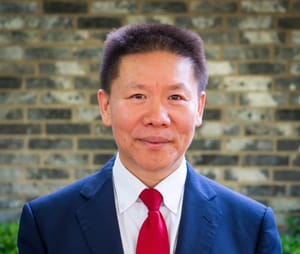Church history
Protestant missions to Guinea began in 1918 when the Christian and Missionary Alliance (CMA) entered the country. Other missions entered in the ensuing years but were expelled without exception in 1967 by the Marxist government.
Only eight CMA personnel were allowed to remain, and their activities were restricted. As a child, President Sekou Touré had positive contact with the CMA, which no doubt influenced his government’s decision to allow some of the mission to remain.
Mission Philafricaine, a medical centre for treatment of TB, leprosy and other diseases, was the only other ministry allowed to enter Guinea until the change of government in 1984.
The Government has opened its doors to missions since 1984. The CMA was asked to assist in screening mission agencies that entered the country. This led to the entry of the Christian Reformed Church working among the Fulani; followed by French Assemblies of God working in Conakry; Worldwide Evangelisation Crusade working among the Susu; and SIM concentrating their efforts among the Maninka, the second largest people group in Guinea and centred in the city of Kankan.
These mission bodies, along with CMA and Mission Philafricaine, have since formed the Association of Evangelical Churches and Missions in Guinea. The Association’s membership now includes Campus Crusade for Christ, Southern Baptist Mission, Pioneer Bible Translations, New Tribes Mission and the Dutch Reformed Mission.
Based on SIM article



















